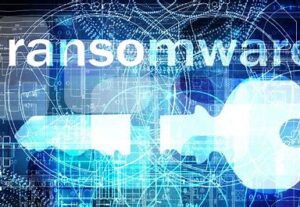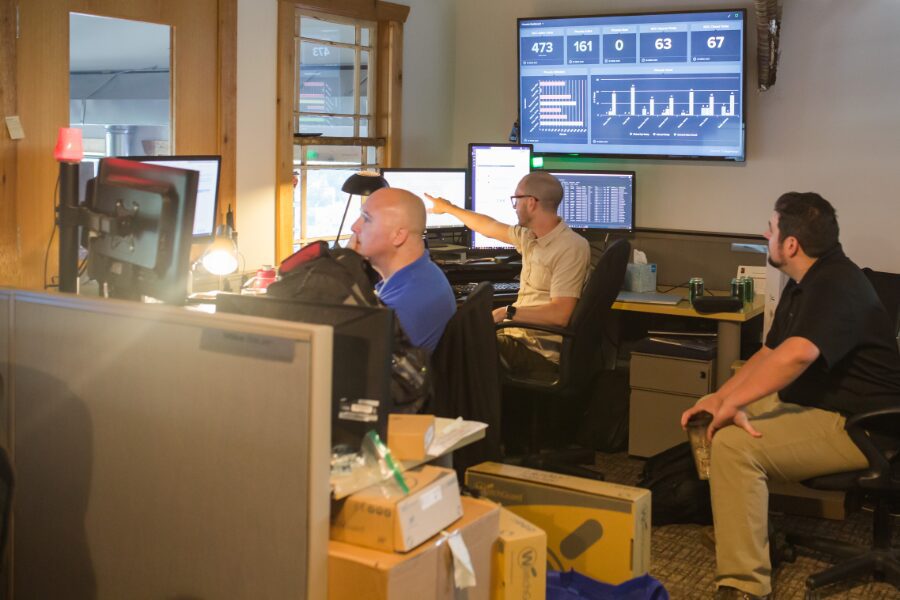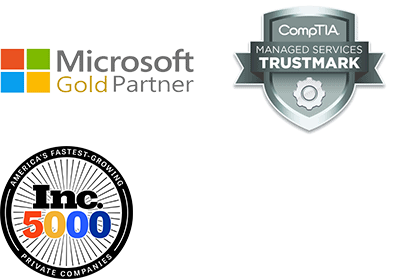In your organization, there’s no doubt that technology has changed the way you do your daily business. From e-commerce initiatives to mobile capabilities, the expanded visibility and access afforded by technology is quite significant. With every advancement in technology, though, there are inherent security risks. Data breaches are making international headlines, clients are worried about personal information and compliance requirements continue to get stricter.
At the recent National Association of Attorneys General (NAAG) Annual Conference in Washington, DC, one big takeaway was the recommendation to establish a “culture of security” that is reasonably suited to prevent, or if one should occur, respond to, a data breach. It’s more important than ever to have an experienced IT partner to help you maintain that secure culture.
Applied Tech has tremendous expertise managing security for companies and nonprofits and established the following:
8 best practices to be more secure and compliant:
1) Schedule regular security assessments – Establishing a baseline of what practices and technology you have in place, as well as how well you are able to prove or disprove you are operating in a compliant manner, is essential.
2) Consider setting up multi-factor authentication – With an increasing mobile workforce and higher connectivity demands, adding multiple verification methods helps secure emails, data and access to computer resources.
3) Always encrypt sensitive data – Use modern encryption algorithms to protect confidential data as its transmitted across networks and sensitive information from being accessed in a theft.
4) Implement mobile device management – The increased use of mobile devices by employees, volunteers and donors pose various risks to both data and the network. A reliable mobile management system can ensure reliability tracking, testing and secure access.
5) Continuously track software updates – To keep vulnerability at bay, it’s imperative to keep up with security patches and regular updates to operating software, regular software and device software.
6) Maintain regular training – Every member of your organization should know how easily a data breach can occur and be trained on personally taking the necessary steps to observe data security best practices.
7) Keep security around your role – Tie down the role you are playing, not the devise you are accessing. Examples like Marketing having control over marketing documents and only the executive team being able to access financial documents establishes basic rules that that are easy to follow.
8) Have an auditor’s mentality – It’s one thing to say you are compliant and another thing to be able to prove it. When you take on an auditor’s thought process, you start to automatically operate with a demonstrative mindset.
Your organization’s cybersecurity is too important to leave to chance in today’s rapidly changing threat environment. Taking proactive measures will help your organization stay ahead of security threats and minimize compliance concerns.
Related Topics





